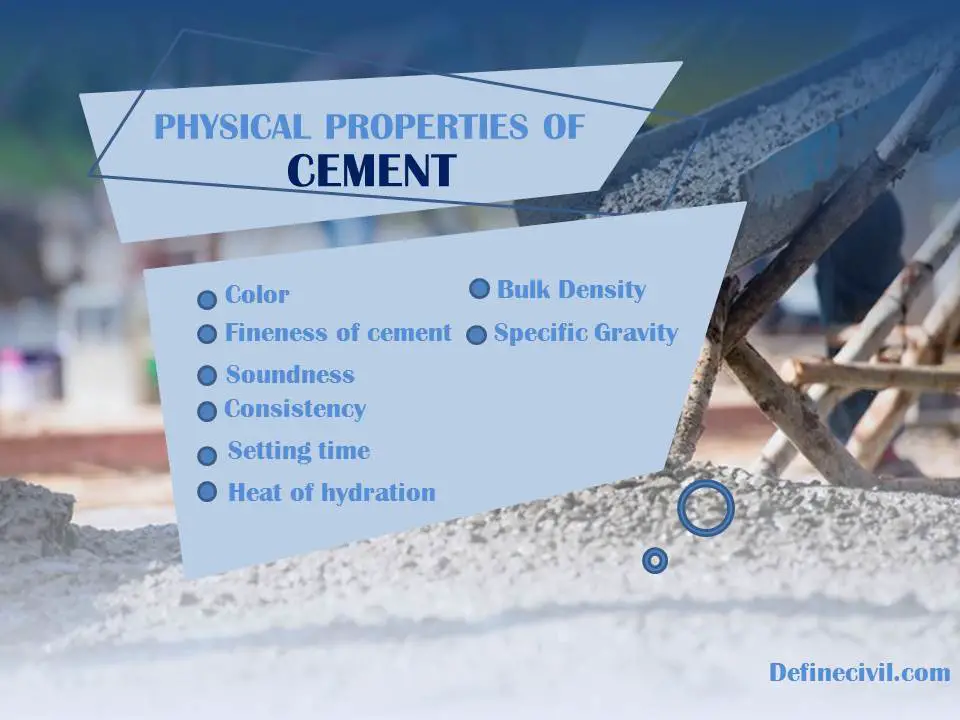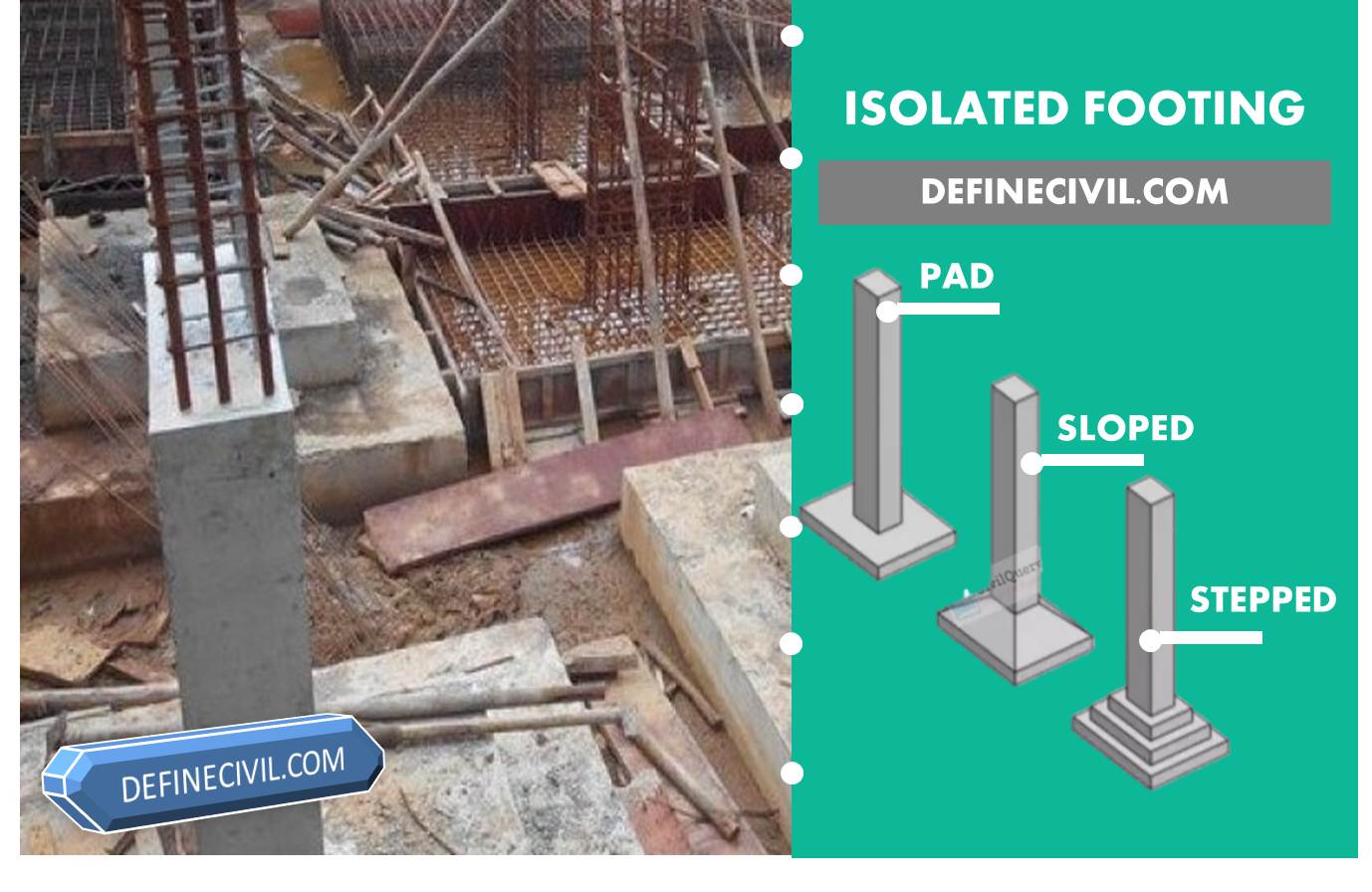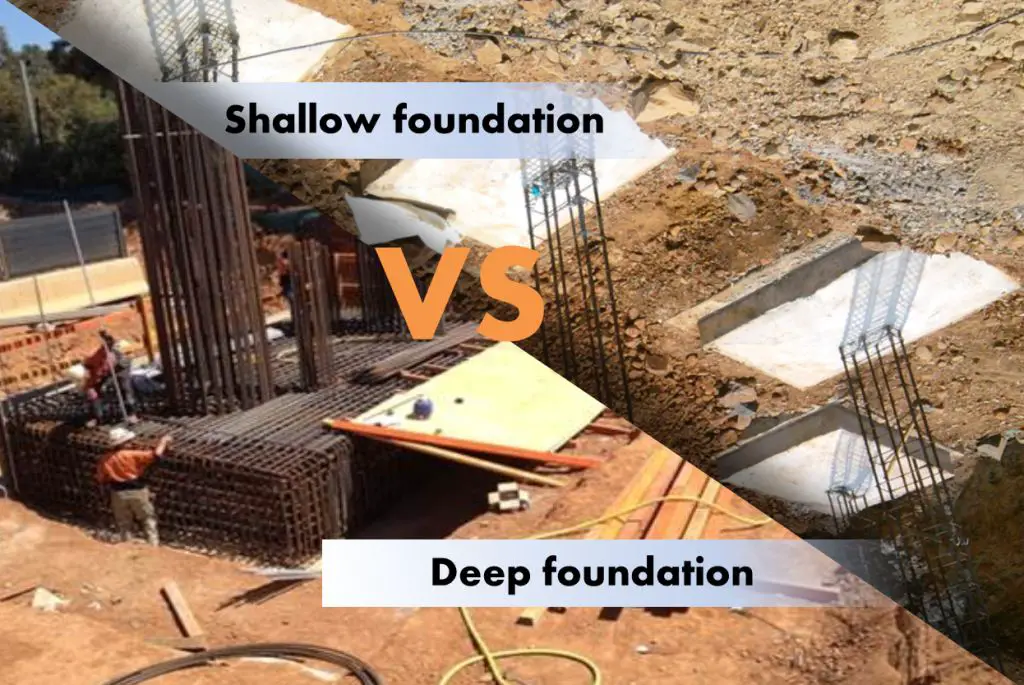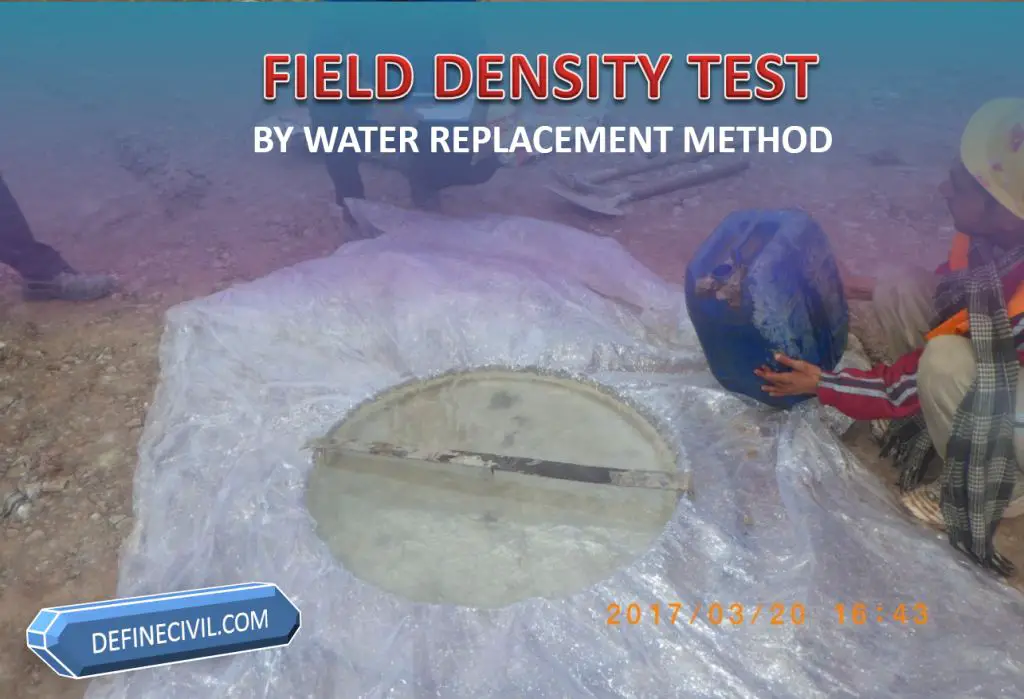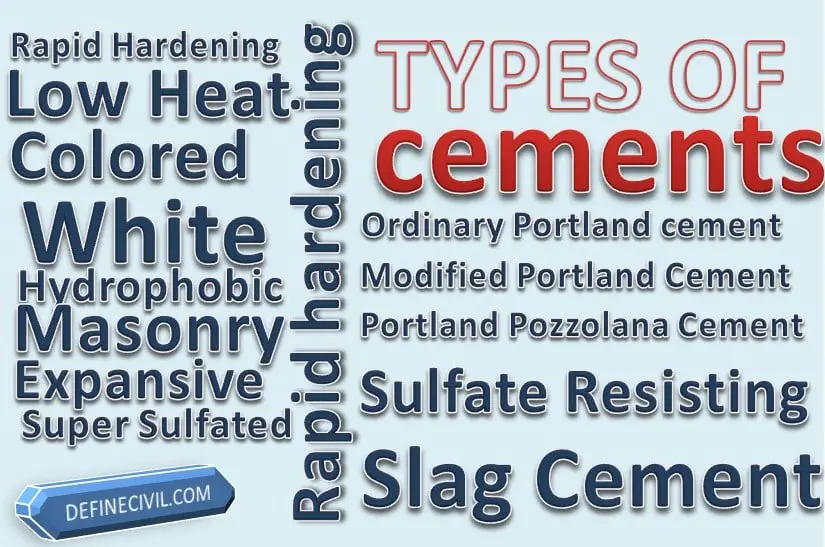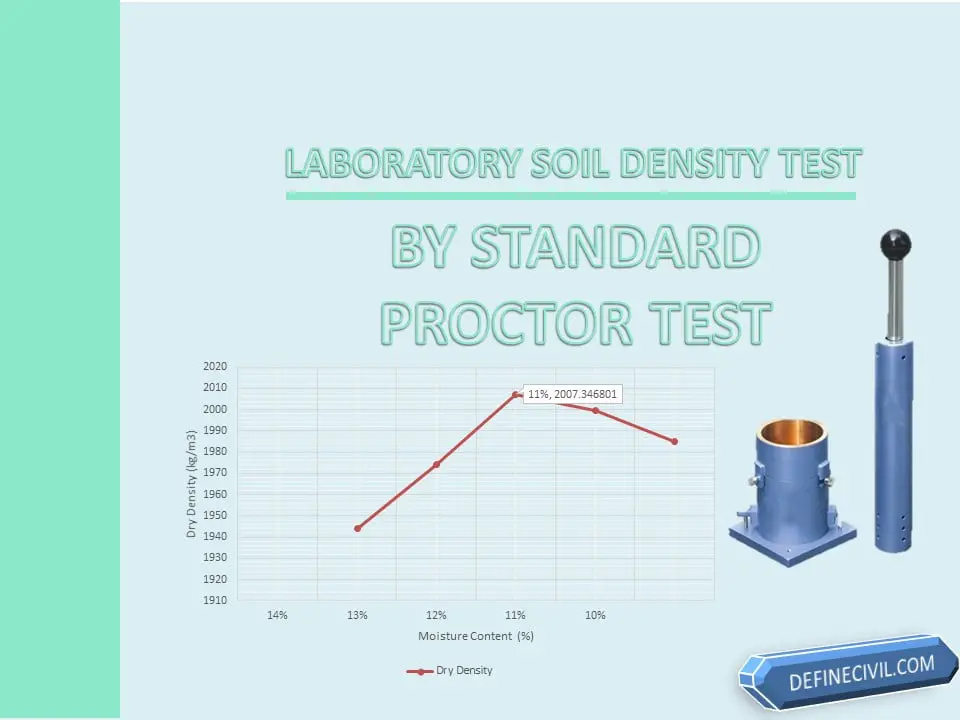What is Water Cement Ratio? – Guide – Calculation
Water is an important ingredient of a concrete mix and water cement ratio is an important factor in concrete or cement mix design. While working at site, concrete workers always try to add water in it so as to increase the workability of concrete but actually they are reducing the strength and durability of concrete. … Read more


